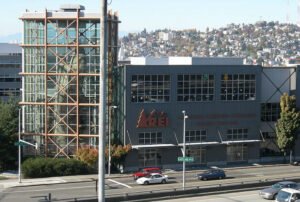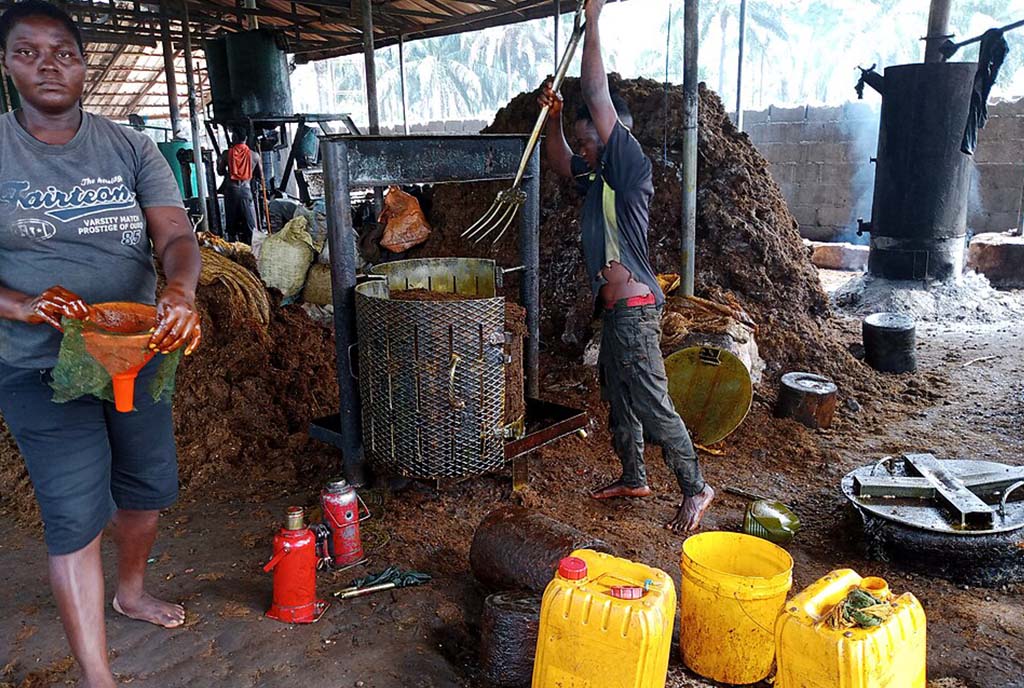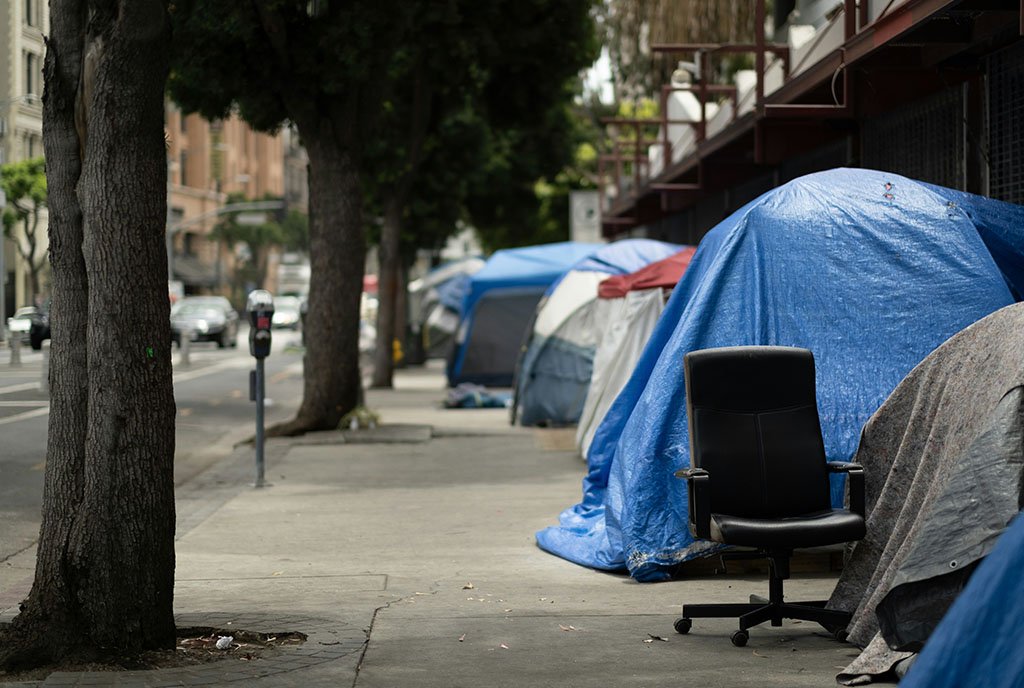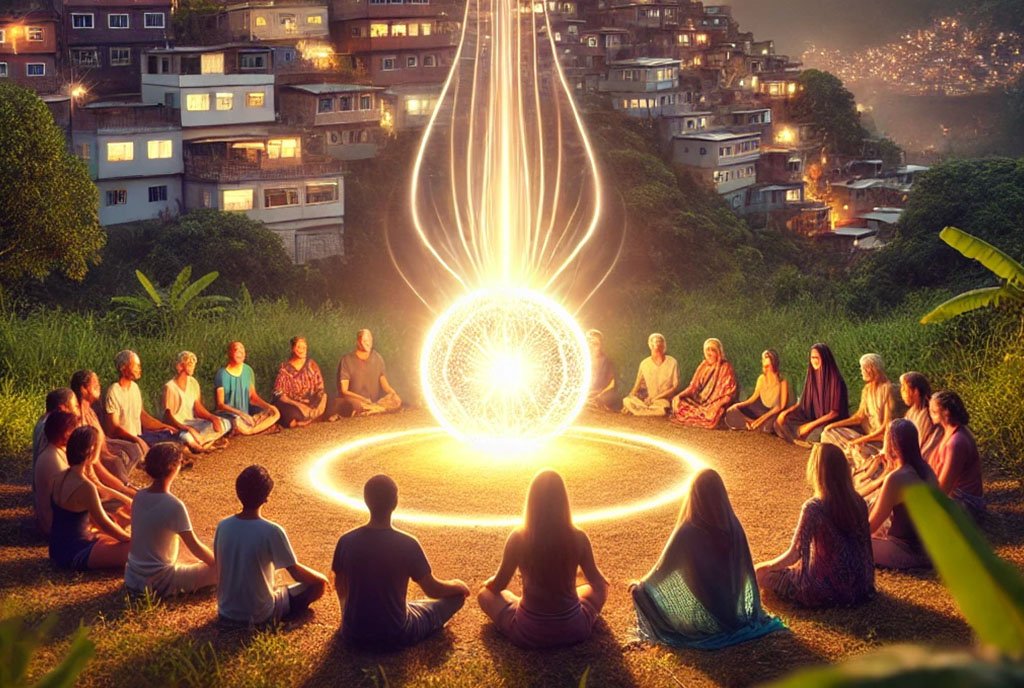
From February to April of 2023, it was an almost daily occurrence in Thailand: a thick blanket of haze sat atop communities. The haze was a result of the toxic air quality, one of the country’s worst years on record.
This is far from an isolated trend. Even higher-income nations, such as the United States, can’t escape the effects of air pollution. In 2023, the United States experienced its worst air quality in recent history as wildfire smoke from Canada and California drifted across the country.
The main culprit behind Thailand’s air quality crisis was the clearing of farmland with fire to prepare for a new harvest in the north. But year-round traffic emissions and industrial pollution from the cities also contributed to the dangerous air. At some points, the pollutant particulate matter (or PM2.5) readings in the northern city of Chiang Mai were among the highest in the world, pushing authorities to advise citizens to stay inside.
But across the globe, many people, especially those from lower incomes, have no choice but to go out into the harmful air.
The Risk of Lower-Income Work
“The lower you are in [an] income group, your exposure increases,” said Sunil Dahiya, an analyst at the Centre for Research on Energy and Clean Air, explaining that oftentimes people with lower incomes work outdoors, which increases their risk.
The situation is similar around the world, including in the United States, with outdoor workers, including window cleaners and waste collectors, farmers, and fruit pickers. These workers are often forced to choose between risking their health or their income, especially as climate change only increases the likelihood of wildfires, which in turn drives up the number of airborne toxins. It’s estimated that the prevalence of wildfires could increase 50 percent by 2100.
Those with lower incomes may also cook with polluting fuels such as coal, according to Dahiya. Often, the homes of lower-income individuals and families aren’t insulated, providing no protection from pollution, noted Somporn Chantara, an associate professor in environmental science at Chiang Mai University. “This is a big problem in the rural area,” she said.
Infrastructure in such areas is often less invested in and thus less advanced. “If you want to buy any protection it costs money,” said Alliya Moun-ob, air pollution campaigner at Greenpeace Southeast Asia. “In Bangkok, if you want to prevent yourself from the pollution from the road, you can use your private car; you can stay inside under the air [conditioner], but for the low-income people, they don’t have a choice. They need to walk. They need to use the public bus…the air flows inside the bus.”
As a result, those from lower-income groups are more exposed to the debilitating effects of pollution. “Byproducts of climate change, such as poor nutritional options and air pollution, can increase non-communicable diseases, like heart disease,” Dr. Maria Guevara, international medical secretary at Médecins Sans Frontiéres, or Doctors Without Borders, said in a statement.
According to the World Health Organization (WHO), pollution can also increase the risk of respiratory infection and lung cancer. Pollution is estimated to cause seven million premature deaths around the world each year.
In Thailand, research shows chronic obstructive pulmonary disease is a “significant health problem” among farmers who live outside of the more affluent cities. And in Delhi, India, 75 percent of waste pickers surveyed had abnormal lung function. Such workers are also less likely to have access to healthcare coverage—or labor protections that allow them to take paid time away from work.
“Lower-income people have no option to protect themselves because they still have to find money to live,” said Chantara.
More Money, More Interventions
Countries such as India often depend on polluting industries and technologies for economic survival. But even higher-income nations can’t escape the smog. In June, the United States registered its worst toxic air pollution due to wildfire smoke in recent recorded history as the haze drifted down from Canada. In North America, 2023 has so far seen 48,681 fires in California, Hawaii, Alberta, and Quebec, exposing people across the continent to harmful toxins. Industrial pollution and traffic emissions also continue to contribute to the problem.
Just like in Asia, research from the United States shows more dangerous levels of air pollution are prevalent in low-income communities. Those living in poverty, near highways or dump sites, or without access to clean cooking options are also at higher risk. For example, in the Bronx area of New York, situated close to highways where diesel-guzzling trucks spew out emissions, asthma rates are significantly higher than the national rates.
Across the world, the burden largely remains on individuals to protect themselves from pollution rather than governments tackling the sources.Those with higher incomes might live in greener, more suburban localities away from the industrial smog. They also might work inside buildings with air purifiers, be able to purchase air purifiers for home use or have the option to move when pollution reaches toxic levels.
Sign up for our free newsletters
Subscribe to NPQ's newsletters to have our top stories delivered directly to your inbox.
By signing up, you agree to our privacy policy and terms of use, and to receive messages from NPQ and our partners.
More affluent areas may also have access to more interventions that drive down toxic smog. In Bangkok, for example, Thailand’s capital, Moun-ob explained that there is a higher number of air monitors than in the rural northeast. Data from those monitors feed into central databases, and this wealth of data provides evidence that can be used to drive action. Those living in areas without the technology to garner the data could be left behind, their situation seen as less urgent because there’s little data to make their case.
In August of 2023, NPQ reported on new satellite technology meant to give a fuller picture of air pollution data in lower-income areas in the United States, areas that are disproportionately impacted by pollution yet have historically been ignored.
As well as impacting how a person might experience pollution, income status can also be affected by pollution, explained Penchom Saetang, executive director of Ecological Alert and Recovery–Thailand (EARTH), a nonprofit foundation focused on health and the environment. “Pollution can destroy livelihoods,” she said, adding that families have been made poorer because they’re unable to work when pollution is at hazardous levels. And when lower-income workers fall ill from pollution, they often don’t have insurance or can’t afford care and may end up losing their jobs. Many families, she said, have to relocate to find employment.
“If tourism were affected because people…want to avoid air pollution in Thailand, then that might be a driver for more action.”
The Impetus to Take Action
Across the world, the burden largely remains on individuals to protect themselves from pollution rather than governments tackling the sources, according to Diane Archer, a senior research fellow at the Stockholm Environment Institute. In Thailand, it’s not uncommon to see people wearing mini air purifiers around their necks. Some street vendors in Asia use an extractor fan or a mask, said Archer—but these aren’t effective solutions.
A report by environmental group Chintan called for outdoor workers, such as waste pickers and security guards, to be provided with personal protective equipment (PPE). A security guard, for example, might be provided with an air-purified kiosk. The report also advocates for working hours to be changed to accommodate times of day when pollution levels are lower.
But Archer believes real action will be taken at the government level only when the impetus is created to do so. “If tourism were affected because people don’t come because they want to avoid air pollution in Thailand, then that might be a driver for more action,” she said, adding that tourists have been known to cancel trips to Chiang Mai at the height of the burning season. The more air pollution and health risks can be publicized, perhaps via foreign embassies, the more inclined governments might be to act.
To tackle the root causes in Thailand, a “zero-burning” policy has already been implemented in certain areas but isn’t widely followed. After a 2022 lawsuit filed by Greenpeace Thailand and 21 other NGOs against the government due to Thailand’s lack of action protecting citizens’ right to clean air, a new PM2.5 standard was introduced. The Ministry of Industry mandated that emissions data be publicly shared. And a draft of a Clean Air Bill is also being put to the cabinet of Thailand.
“We share the same problem, and we need to fix it together.”
But very few interventions around the world target the people most impacted or offer solutions for the communities already suffering both financially and healthwise. “Nobody plans it saying we are targeting this particular income group, but these are general measures which need to be taken to reduce pollution,” according to Dahiya.
Guevara suggested governments of the most affected countries compel the top polluters to help mitigate and manage the effects of climate change. Governments also need to put policies and affirmative climate actions in place that address and reverse the impact of these issues.
The international community must get involved to help lower-income countries install higher-quality air monitoring that would allow for better access to data, according to Chantara. “We have to know what’s happening first—and when we know that it impacts good health and economics, there’s more involvement from people,” she said.
Chantara also believes more action should be taken at a regional level. Even if Thailand limits its emissions, pollution from neighboring countries, such as Laos and Myanmar, can still cross borders, she explained. “We share the same problem, and we need to fix it together,” she said.












